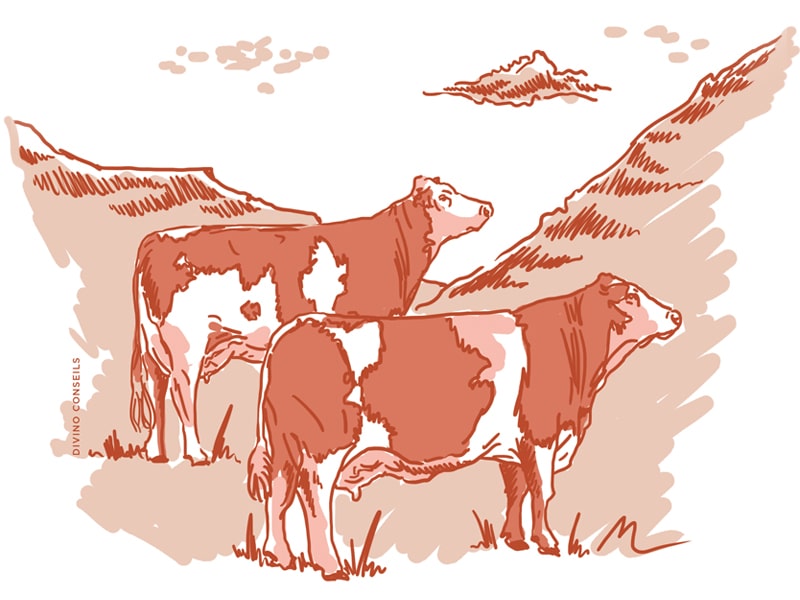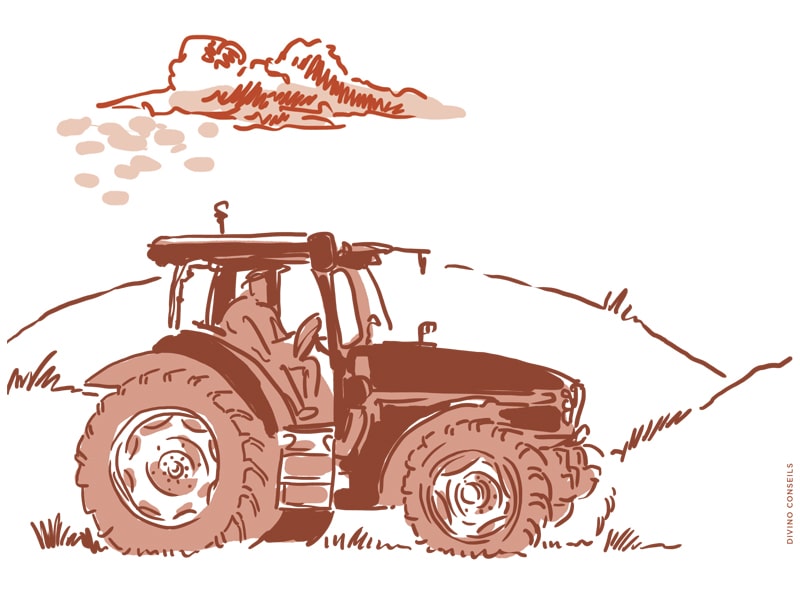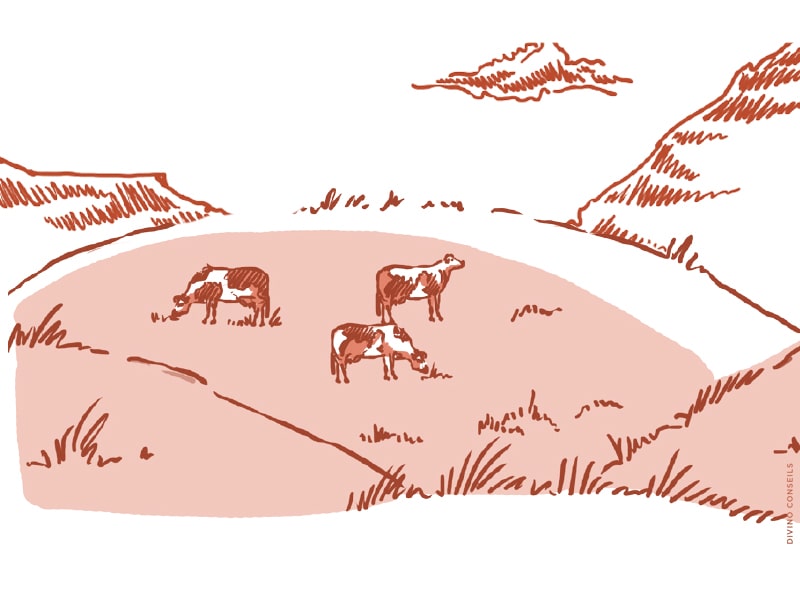The Franche-Comté line
Agriculture& biodiversity
Agriculture has a predominant place in Franche-Comté, helping to keep the landscape open, maintaining the rural fabric and also promoting the economy of these areas.
But that’s not all: agriculture can also maintain the biodiversity of this region.
The hay meadows are used to produce hay to feed the cows in the winter. These are fairly productive areas, which are fertilised as required for optimal grass growth, in order to allow the farms to be independent in terms of fodder. In a perfect cycle, it is primarily the manure and slurry produced by the farm that is used to fertilise the meadows.
Some of the permanent pastures (not turned over) are grazed by dairy cows. The biodiversity generated by these grasslands depends on the fertilisation and the intensity of use.
The least productive meadows, the most rugged and those furthest from the farm are grazed by heifers (young cows). These areas may be a little less productive, but are nevertheless necessary both for the proper functioning of farms and for the preservation of biodiversity. The floral diversity of these pastures, linked to soil at the surface or a rugged topography, is also valued by the livestock (health, nutrients, etc.)



